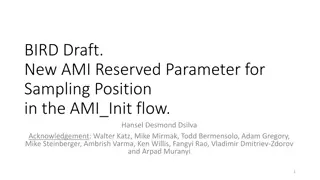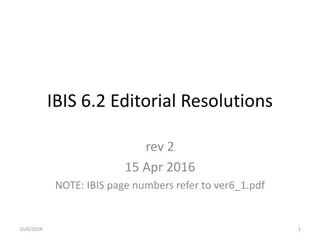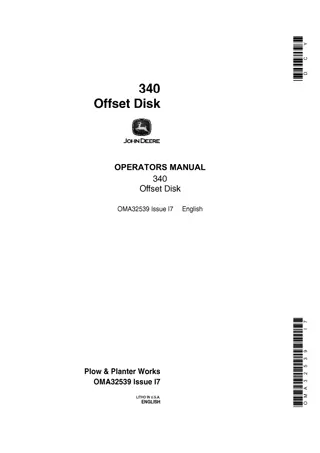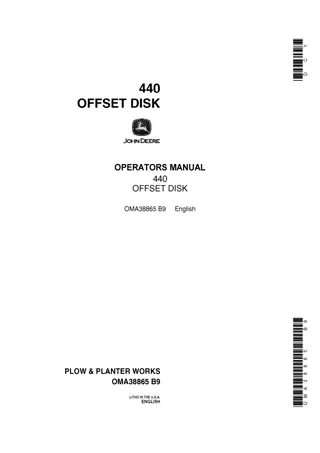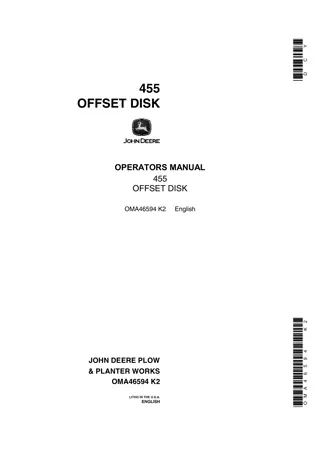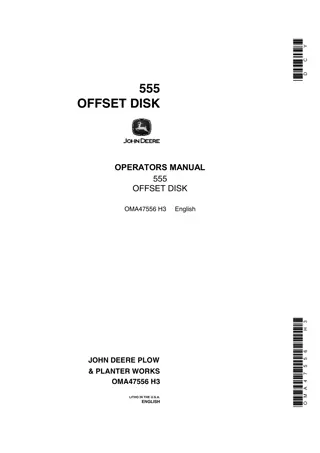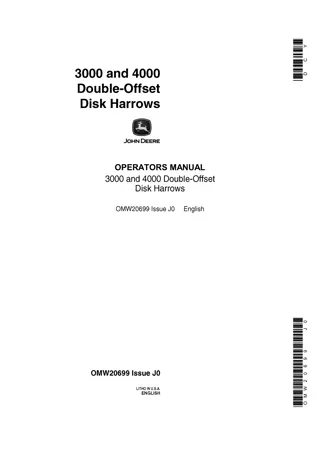Gain Offset evolution on IBIS
This content explores the evolution and drift in the gain and offset calibration of IBIS/ISGRI energy measurements onboard the INTEGRAL satellite. It discusses the challenges faced, such as sudden drifts during solar flares, and the methods used to calculate gain and offset values over time. Detailed information is provided on the measurement techniques, corrections applied, and the impact of solar flares on calibration stability. The content delves into specific cases, such as the significant solar flare of 2003 and the adjustments made to maintain accurate energy calibration. Various image objects are included to visually represent the concepts discussed.
Download Presentation

Please find below an Image/Link to download the presentation.
The content on the website is provided AS IS for your information and personal use only. It may not be sold, licensed, or shared on other websites without obtaining consent from the author.If you encounter any issues during the download, it is possible that the publisher has removed the file from their server.
You are allowed to download the files provided on this website for personal or commercial use, subject to the condition that they are used lawfully. All files are the property of their respective owners.
The content on the website is provided AS IS for your information and personal use only. It may not be sold, licensed, or shared on other websites without obtaining consent from the author.
E N D
Presentation Transcript
Gain Offset evolution on IBIS A. Sauvageon CEA/IRFU/SAp R union ECLAIRs science 1 03/05/2016
IBIS/ISGRI energy calibration All information come from doc: INTEGRAL IBIS/ISGRI energy calibration OSA 10 OSA = Off-line Standard Analysis. The ISGRI spectral gain has been observed to decrease with time. Initially (OSA 5) this drift was set proportional with time (in fact the revolution number, around 122 orbits per year). But it did not account for sudden drifts due to solar flares (see next page). So, an attempt (OSA 7) was made to calculate gain and offset as functions of cumulative counters of IREM instrument on INTEGRAL (total dose, proton, ions and electron in various energy bands). But these counters had problems. Finally, it was set again (OSA 10) proportional to revolution, but keeping from OSA 7 the 2 cases: below and above 50 keV. R union ECLAIRs science 2 03/05/2016
Drift during huge solar flare This flare occurred in orbits 0126 to 0129 (from 26/10/2003 to 05/11/2003, rated at least X28, more than twice as large as any previously recorded flare). Normally, the gain decrease is around 3.6% per year, i.e. 0.1% for 10 days. This drift during this 10 days flare was 0.7% ! Gain and offset (0040 to 0185, corrected from Temperature) OFFSET GAIN 0.30 1.005 0.15 1.003 0.00 1.000 -0.15 0.998 -0.30 0.995 -0.45 0.993 -0.60 0.990 -0.75 0.988 -0.90 0.985 REV44 49 54 59 64 69 74 79 84 89 94 99 104109114119124131136141146151156161166171176181 R union ECLAIRs science 3 03/05/2016
IBIS/ISGRI energy calibration details (1) What is measured: Pulse Height Amplitude (PHA, a channel) and Rise-Time (RT, time for the pulse to reach its maximum, i.e. interaction depth in 2 mm CdTe). Energy correction is made in 3 steps: 1/ normalization between pixels, and for temperature/voltage (pixels coef. in a table called LUT1 and fixed laws) gain g0and offset a0, pha1= a0+g0* PHA 2/ time drift correction: Eestimate= 2* (pha1 a1) / g1 3/ correction of charge loss: index (calculated from Eestimateand RT with a random part) in a LUT2 table gives real energy. pha1< specific energy (around 50 keV @revol 0650, RT=25): a1= oPH1= -5.655 0.001 and g1= gPH1+ aPH1*revol R union ECLAIRs science 4 03/05/2016
IBIS/ISGRI energy calibration details (2) pha1< specific energy (around 50 keV @revol 0650, RT=25): a1= oPH1= -5.655 0.001 [ch] g1= gPH1+ aPH1*revol with gPH1=2.047 0.001 [ch/keV] and aPH1= (-6.1 0.1) 10-4[ch/keV/revol] with 122 revol/year, g1decreases of 3.6% per year Figure on right: g1evolution for several RT intervals (law1 is with the constant offset oPH1). g1 Elim+ a1= Cte, whatever law pha1> specific energy (Elim): a1= oPH2(RT) + c(RT)*revol + d(RT)*revol g1= gPH2(RT) + b(RT)*revol R union ECLAIRs science 5 03/05/2016
IBIS/ISGRI energy calibration LT Low Threshold (LT) is set with a command value between 0 and 63 (63 for dead pixels). LT function corresponds to a Heaviside function convoluted to a Gaussian function. Black line: LT in keV (no drift) Red line: LT in keV with drift (law1, no RT dependance). R union ECLAIRs science 6 03/05/2016











